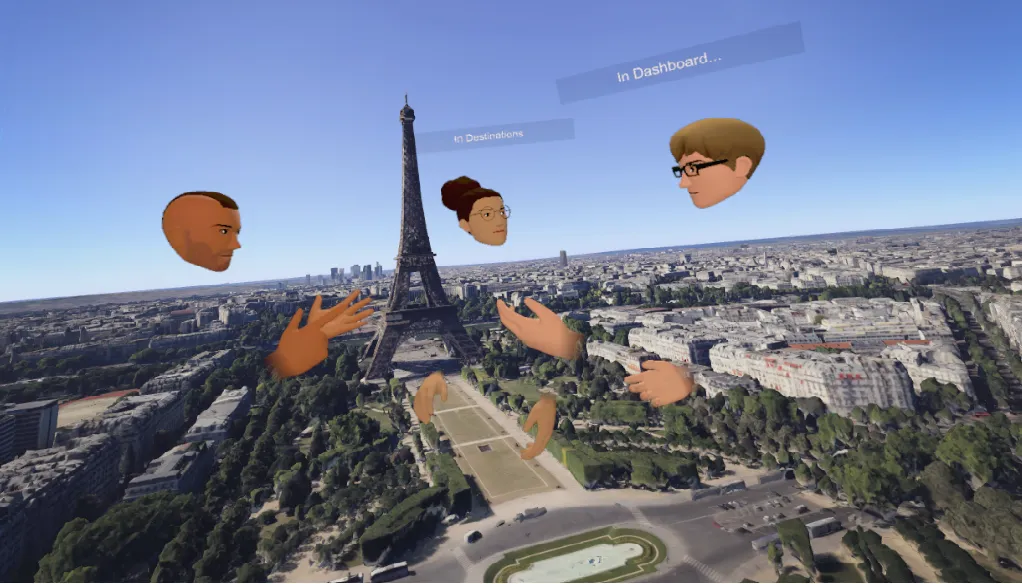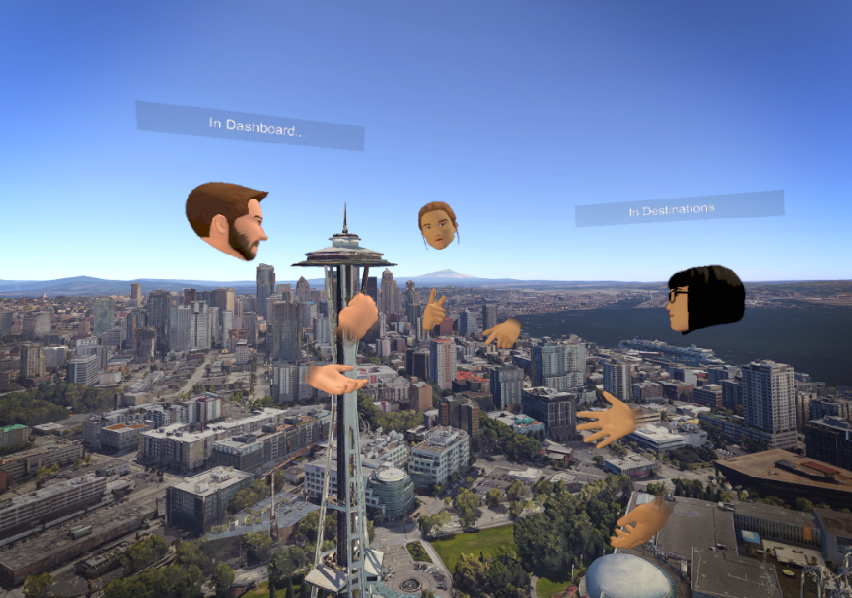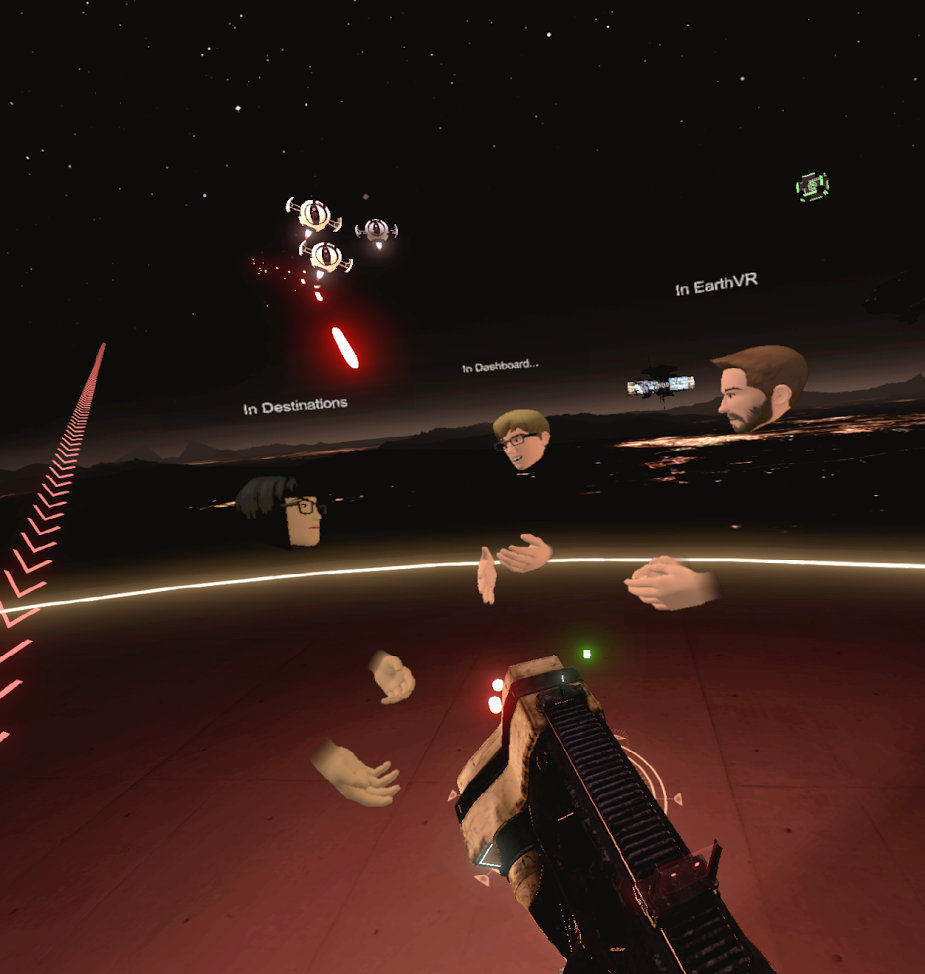Social VR is a hot topic right now. With the release of the Oculus Touch controllers, both of the major headsets — Oculus Rift and HTC Vive — have motion tracked controllers and roomscale capabilities. This not only means playing roomscale games and experiences that allow you to freely move around and navigate virtual worlds, but it means an extraordinary level of presence for social VR applications.
Head-tracking is one thing, but moving my hands around while inside VR, evoking that sense of body language, is a magical thing. We’ve all seen the slew of social VR applications on the market, from Altspace and vTime to Bigscreen and Facebook’s upcoming social experiences. No one knows who will snag the holy grail of social VR first, but according to Shawn Whiting of PlutoVR, the real vision is a layer of connectivity across all apps, not a single app for social interaction.
Enter Pluto, a VR app that adds a social layer of interaction across SteamVR, regardless of what you’re doing. During my demo, I launched Pluto, set up my audio configurations, made an avatar, and invited Whiting to a ‘Call.’ At first, it seemed like nothing happened. I hadn’t loaded into a VR app, I was still standing in my holodeck-skinned dashboard. Then I hear a voice say, “I’m behind you.” I spin around to see a floating head with two hands wave at me — right in the middle of my very own SteamVR environment.
Whiting explained that Pluto works by essentially running over the top of your other applications, almost like an independent overlay of sorts. I can adjust the opacity of the avatars, mute myself, show my hands, and tweak a variety of other options. I can even hide avatars all together if I just want to do a voice call.
The way it works is that each individual user sees whatever they would normally see, whether it’s their SteamVR dashboard or any other application. I could be playing a game of Onward while someone else is playing Space Pirate Trainer and we would see each other’s avatars in real-time. There’s even a position reset button you can press that brings all of the avatars together, regardless of where they are in their physical rooms, to make it easier to communicate.
Pluto becomes something even more special if you run apps concurrently, like Google Earth VR. We both loaded it into it together and went to the same spot at the top of the Golden Gate Bridge. Hovering in the air like superheroes, we chatted about the implications of the program and where social VR is going next. It was unlike anything I’ve tried in VR yet. You can’t connect apps together or sync up in locations like this using the program, but that’s something they’re looking into offering for those types of situations.
Looking down at my controllers, I could see opaque silhouettes of my avatar’s hands layered behind the Vive wand models. Resting my thumb on various parts of the Vive controller trackpads allowed me to make a thumbs up, or point my finger, and even do an open-hand gesture for high-fives.
The program is still in pre-alpha and is only accepting a very limited number in signups. But if you’ve got a Rift with Touch or a Vive, you can sign up on the official website right now in hopes of hearing back with alpha information.





























